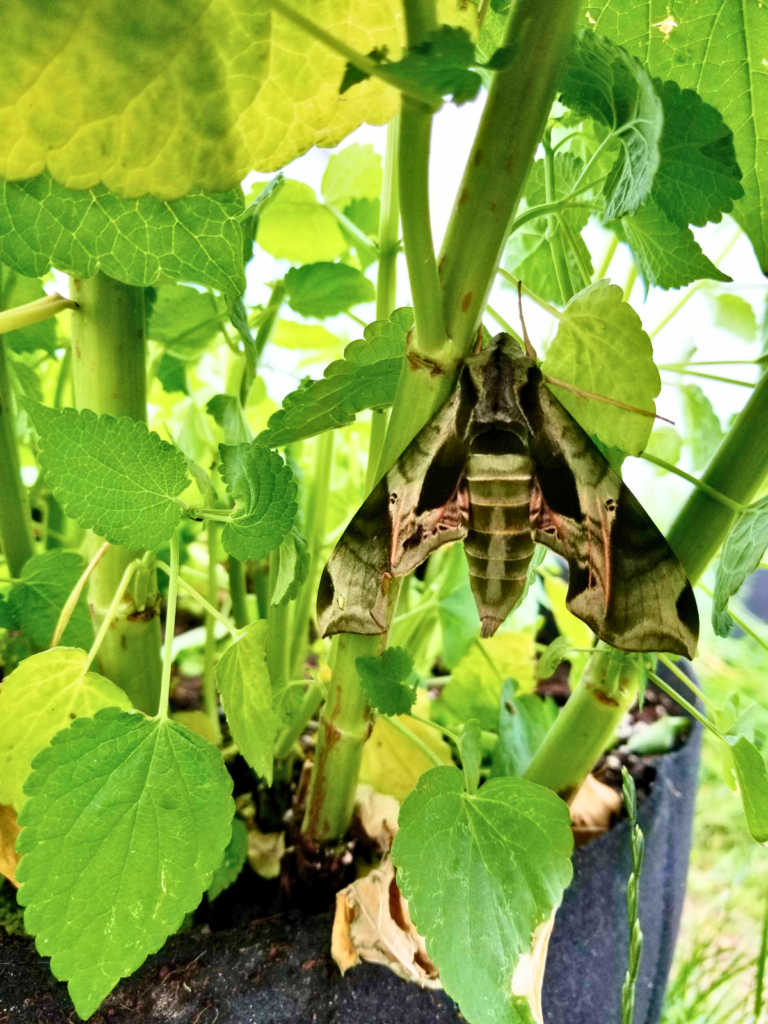The 15th meeting of the Conference of the Parties, also referred to as the UN Biodiversity Conference, unfolds in two phases this year. The first was held in Kunming (China), while the second is taking place this December 2022, in Montreal (QC, Canada).
As documented by the United Nations regarding COP15: “There are currently an estimated one million species at risk of extinction worldwide”; and this latest mass extinction already witnessed is mostly due to loss of habitat. This is why, reaching that goal of 30% conservation of all land and oceans would mean a lot to the preservation of our ecosystems worldwide.
This international gathering of government leaders has for goal to set the environmental agenda for the next decade, with emphasis on biodiversity. One of the announced objectives is to reach 30% of all oceans and land to be protected by 2030.
As documented by the United Nations regarding COP15: “There are currently an estimated one million species at risk of extinction worldwide”; and this latest mass extinction already witnessed is mostly due to loss of habitat. This is why, reaching that goal of 30% conservation of all land and oceans would mean a lot to the preservation of our ecosystems worldwide.
It is vital to humankind as well, to grow sustainably with our planet, as it is our one and only home, and we all share it by birthright with the rest of the biosphere. Without ecosystems and biodiversity, humanity’s future would be extremely rapidly compromised, as most of our industries rely on ecological services.
As a matter of fact, the UN themselves state in their COP15 report that: “ This extinction crisis has critical implications for humanity: from the collapse of food supplies, to direct threats to health, to the disruption of supply chains – The loss of nature is a loss for us all”. Beyond political rhetoric and parties agendas, our government leaders will hopefully implement the major changes needed to prevent the current acceleration of these phenomenons.
As a company, we will make our part in every city we grow, as to always bring this sustainable revolution forward, one urban farm at a time, thanks to the collaboration of our clients, and their engagement with us for a better, greener, and more sustainable future.
Stay tuned for the COP15 in Montreal, and make sure to catch up on our other blog post explaining the several benefits of urban farming and how this practice is key to preserving biodiversity.


